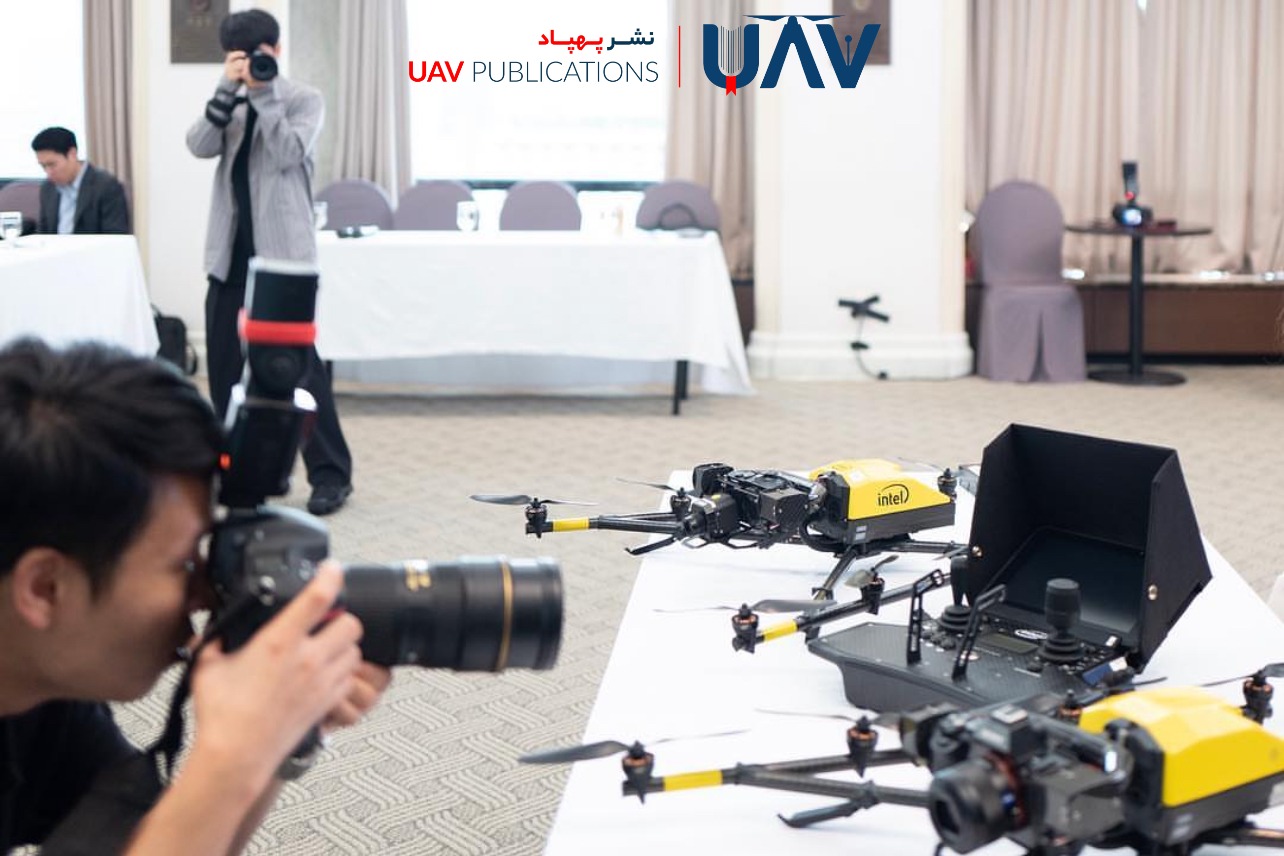What Is the Impact of Drones on Journalism?
Unmanned Aerial Vehicles (UAVs), commonly referred to as drones—and sometimes referred to as “reporter drones” in the media industry—have emerged in recent years as one of the most transformative technologies in journalism. Aerial imagery captured by drones offers journalists new perspectives that were previously attainable only through far more expensive means, such as helicopters. Across the globe, journalists are increasingly employing drones to enhance their reporting capabilities. These devices enable broader news coverage at a fraction of the cost, allowing newsrooms to extend their reach while conserving resources.
This growing trend demonstrates that drone technology has firmly established itself within newsrooms, complementing traditional reporting methods. Drones not only provide a broader visual scope but also enable more creative storytelling approaches. This article examines the evolution and applications of drone journalism, encompassing disaster coverage, environmental reporting, and urban and developmental contexts. It further discusses the advantages and limitations of drones in journalism, relevant laws and regulations, and ethical considerations, concluding with an outlook on the future of UAVs in media.
The Evolution of Drone Journalism
The term drone journalism refers to the use of UAVs for gathering information and producing news reports. The first documented instances of drones being used for news coverage date back to the early 2010s. Institutions such as the University of Nebraska in the United States and major media outlets like the BBC and The New York Times were among the pioneers in adopting drone technology for journalistic purposes.
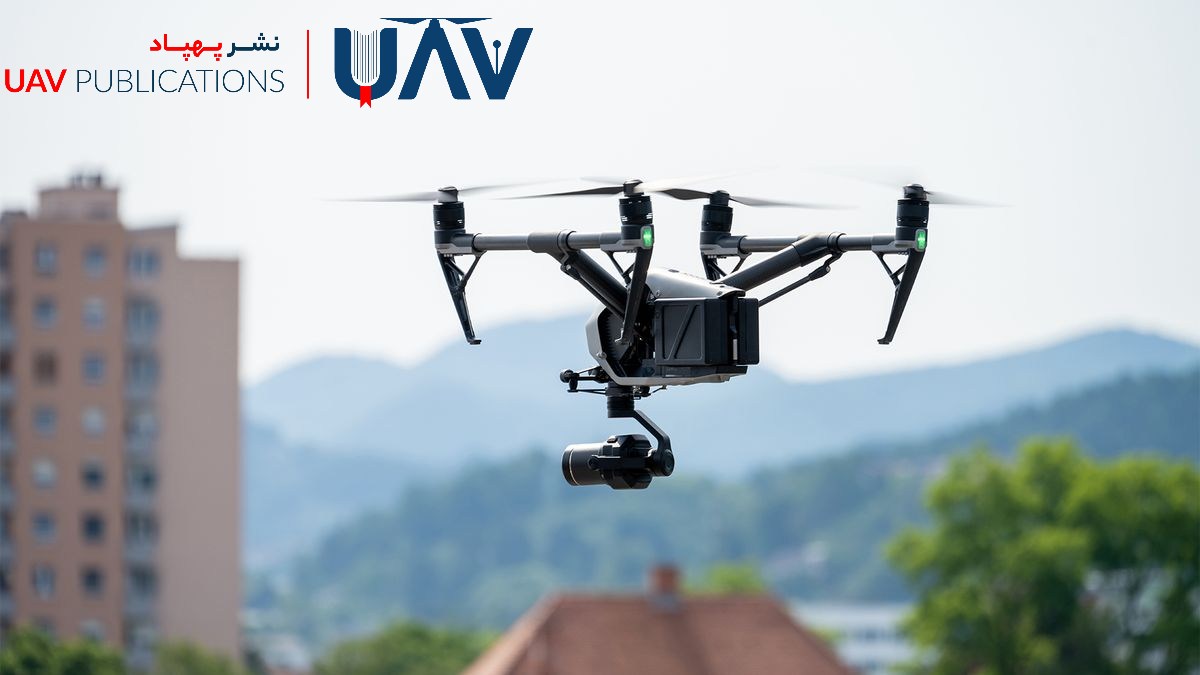
Initially, drones were primarily employed to cover natural disasters, public protests, and environmental crises. As UAVs became more accessible to the general public, independent and local news organizations also began incorporating them into their reporting toolkits. Over time, specialized training programs emerged, ethical guidelines were drafted, and legal frameworks were developed. Experts argue that, despite its relatively recent emergence, drone journalism is no longer a luxury—it has become a fundamental tool in modern reporting.
Aerial Imaging with Drones
Drones offer journalists cost-effective and high-quality aerial imaging capabilities. This “bird’s-eye view” allows media professionals to document events with greater scope and precision. Previously dependent on helicopters or airplanes, such aerial perspectives can now be easily obtained via UAVs. The wide-angle views afforded by drones enable the presentation of news scenes from new dimensions, facilitating more visually compelling narratives. The result is enhanced visual diversity, increased engagement, and reduced operational costs and risks.
Natural Disaster Coverage
Drones are particularly valuable in covering natural disasters. In the aftermath of earthquakes, floods, landslides, or storms, UAVs can access affected areas more quickly than other vehicles or personnel and record real-time visuals from above.
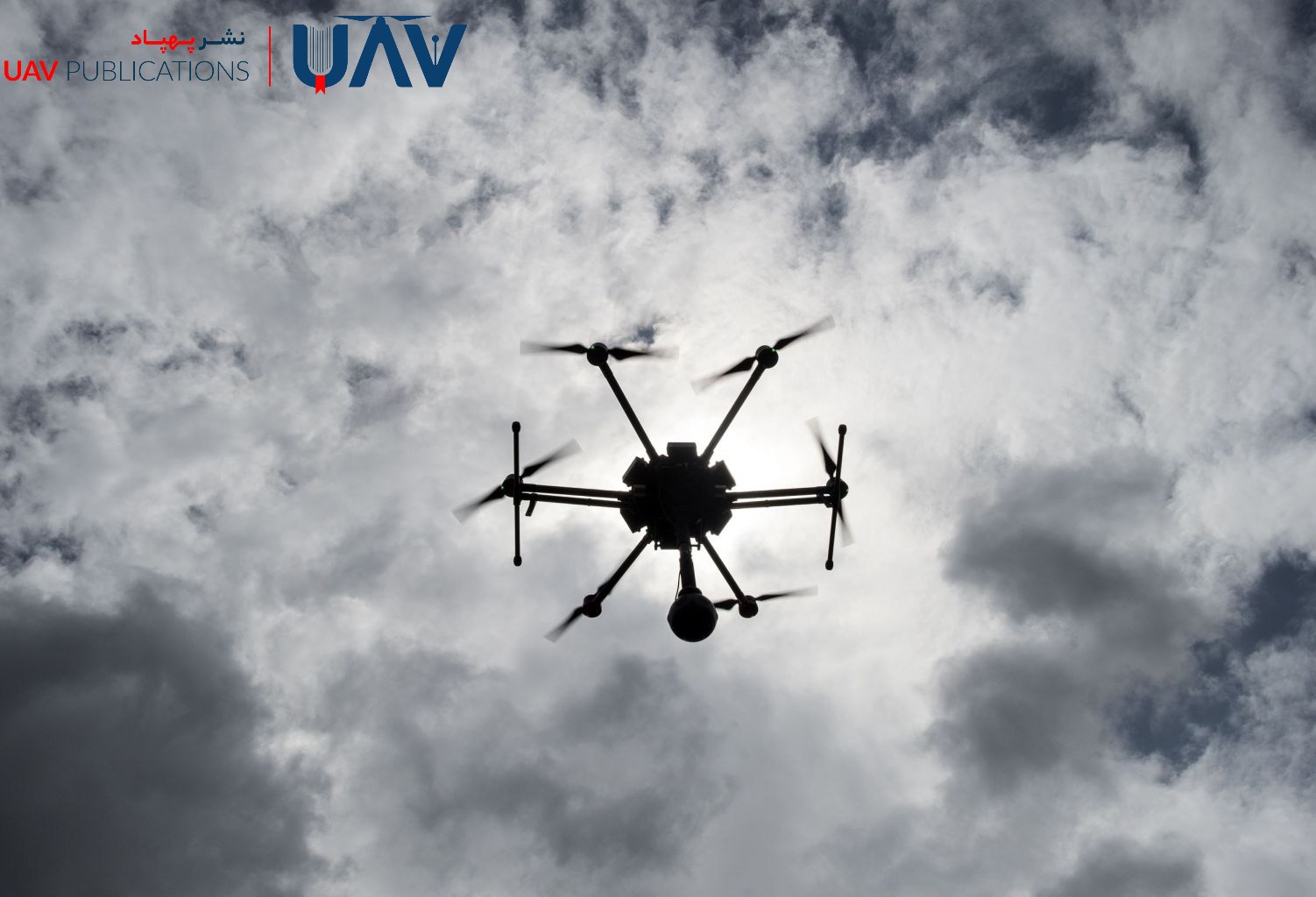
They can enter hazardous or inaccessible zones without endangering journalists or rescue workers, delivering accurate and uninterrupted imagery. These aerial visuals not only enhance the credibility of news reports but also assist emergency response teams in more efficient planning and deployment. In essence, drones serve as a “second set of eyes” for journalists and relief teams during crises.
Environmental Journalism
In environmental journalism, drones are indispensable tools for gathering information. Capable of reaching vast and untouched natural areas, UAVs—equipped with high-resolution cameras and specialized sensors—can monitor ecological changes in wetlands, forests, and rivers. For example, drone footage over ecological sites can help detect pollution, illegal poaching, and habitat destruction.
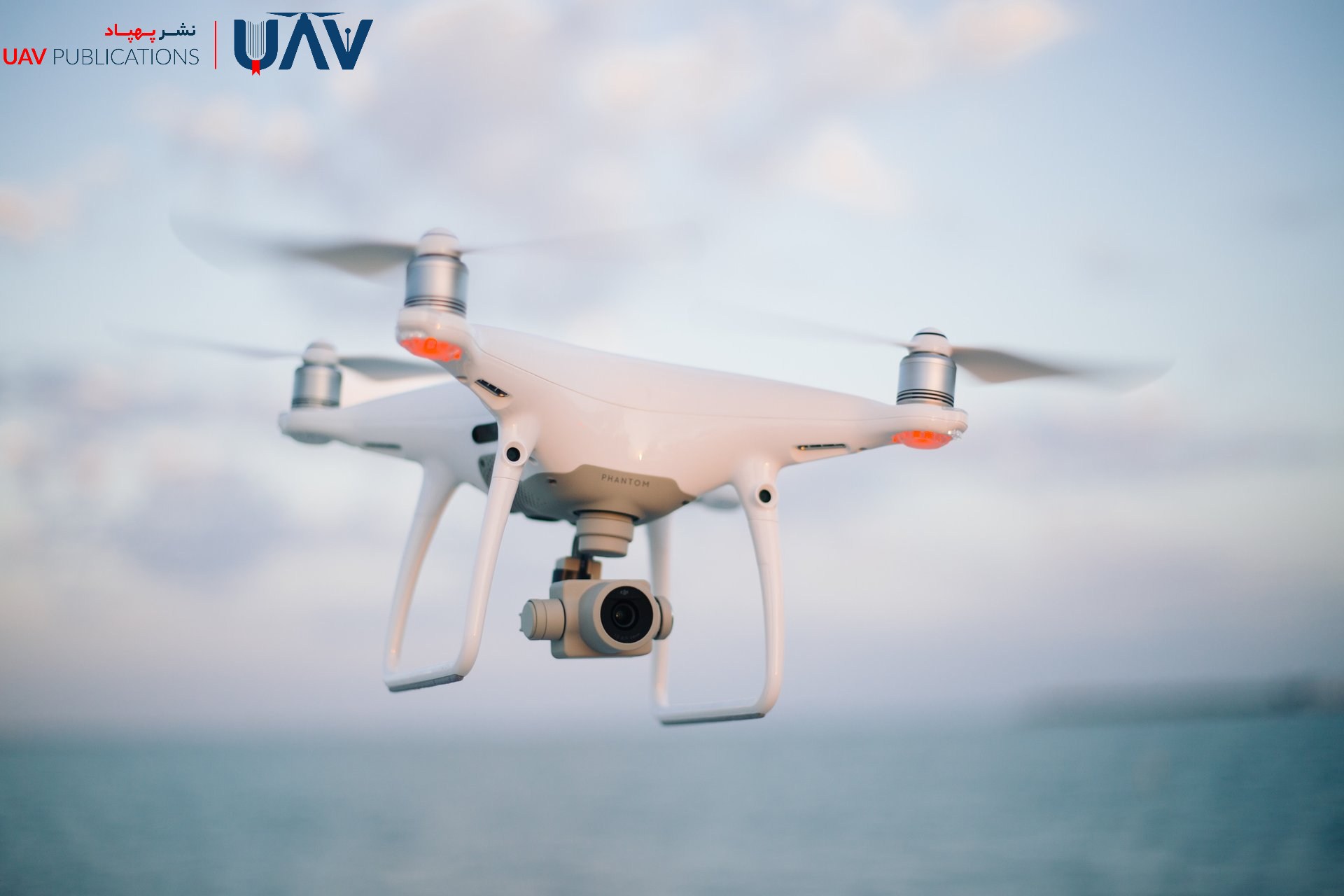
Thermal and multispectral cameras can be mounted on drones to monitor vegetation health, pollution hotspots, and wildlife behavior over time. In doing so, drones significantly contribute to the creation of credible and impactful environmental reports, thereby promoting conservation efforts.
Urban Reporting Applications
Drones also play a crucial role in urban journalism. They can monitor traffic congestion, public gatherings, illegal construction, and environmental degradation within cities. For instance, UAVs can track traffic flows, document protests or public festivals, and detect sudden changes in land use. These capabilities allow journalists to identify urban irregularities early and provide more comprehensive reports.
Developmental and Infrastructure Journalism
Drones have unique applications in covering urban development and infrastructure projects. They allow for overhead monitoring of construction progress and help visualize changes over time. UAVs can, for instance, fly periodically over bridges, tunnels, or dam projects, supplying journalists and inspectors with updated visuals. This fosters transparency in reporting on large-scale projects, enabling officials to identify delays or deficiencies promptly.
Investigative Reporting
Drones have opened new avenues in investigative journalism by granting access to restricted or difficult-to-reach areas. From above, UAVs can document evidence of unlawful construction, land misuse, or concealed environmental hazards.
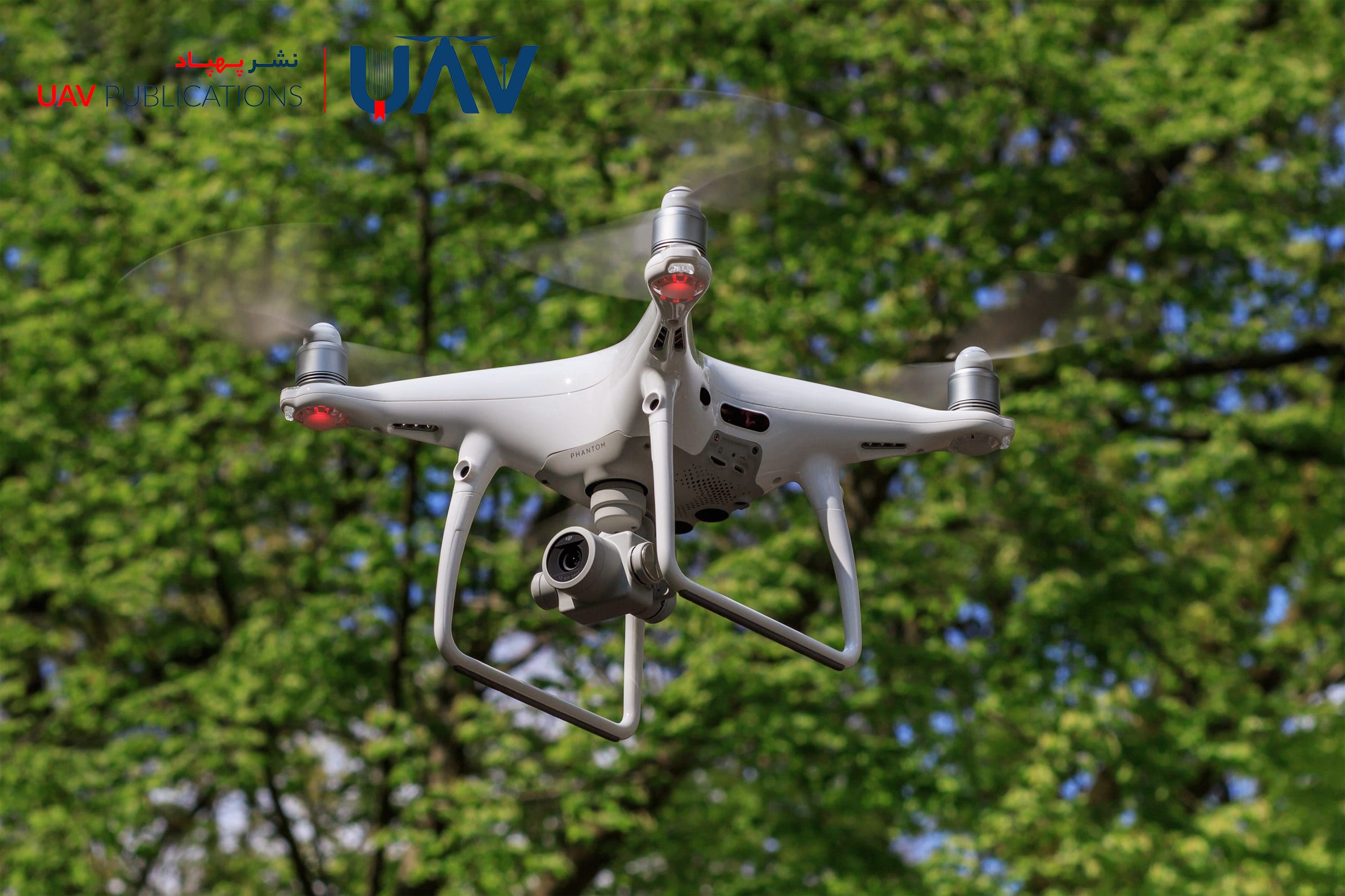
When combined with satellite data, field investigations, or public records, aerial drone footage contributes to deeply researched exposés that reveal hidden truths and hold institutions accountable.
Advantages of Using Drones in Journalism
The incorporation of UAVs into journalism offers numerous benefits:
- Rapid access to remote or dangerous areas: Drones can operate in zones inaccessible to or unsafe for human reporters, capturing live and accurate imagery.
- Wide-angle and creative storytelling: UAVs offer expansive perspectives, enabling more visually engaging news narratives.
- Lower operational costs: Compared to helicopters or large-scale equipment, drones are far more economical.
- Portability and ease of deployment: Lightweight and compact, drones can be quickly transported and set up in various locations.
- Live broadcasting capability: Many drones offer real-time video transmission, allowing for continuous, uninterrupted coverage.
- Enhanced image quality: High-definition aerial footage provides richer visual content and more detailed reporting.
Challenges and Limitations
Despite their advantages, drones in journalism face certain limitations:
- Technical constraints: Limited battery life restricts flight time. Severe weather conditions—such as strong winds or heavy rain—can compromise flight safety.
- Regulatory restrictions: Flying drones near airports, military zones, or densely populated areas is often prohibited and requires special permits.
- Training requirements: Operating UAVs demands technical skills. Inexperienced pilots may struggle with flight control or capturing usable footage.
- Range and reliability: Drones have limited control ranges, and radio signal disruptions or mechanical failures remain persistent risks.
Legal and Regulatory Considerations
In Iran, the Civil Aviation Organization has issued comprehensive regulations governing the operation of drones. A draft directive outlines the classifications and licensing procedures for UAVs. According to this directive and related guidelines, drones must be registered, flown within permitted altitude limits, and kept clear of no-fly zones, including airports, critical infrastructure, and crowded areas.
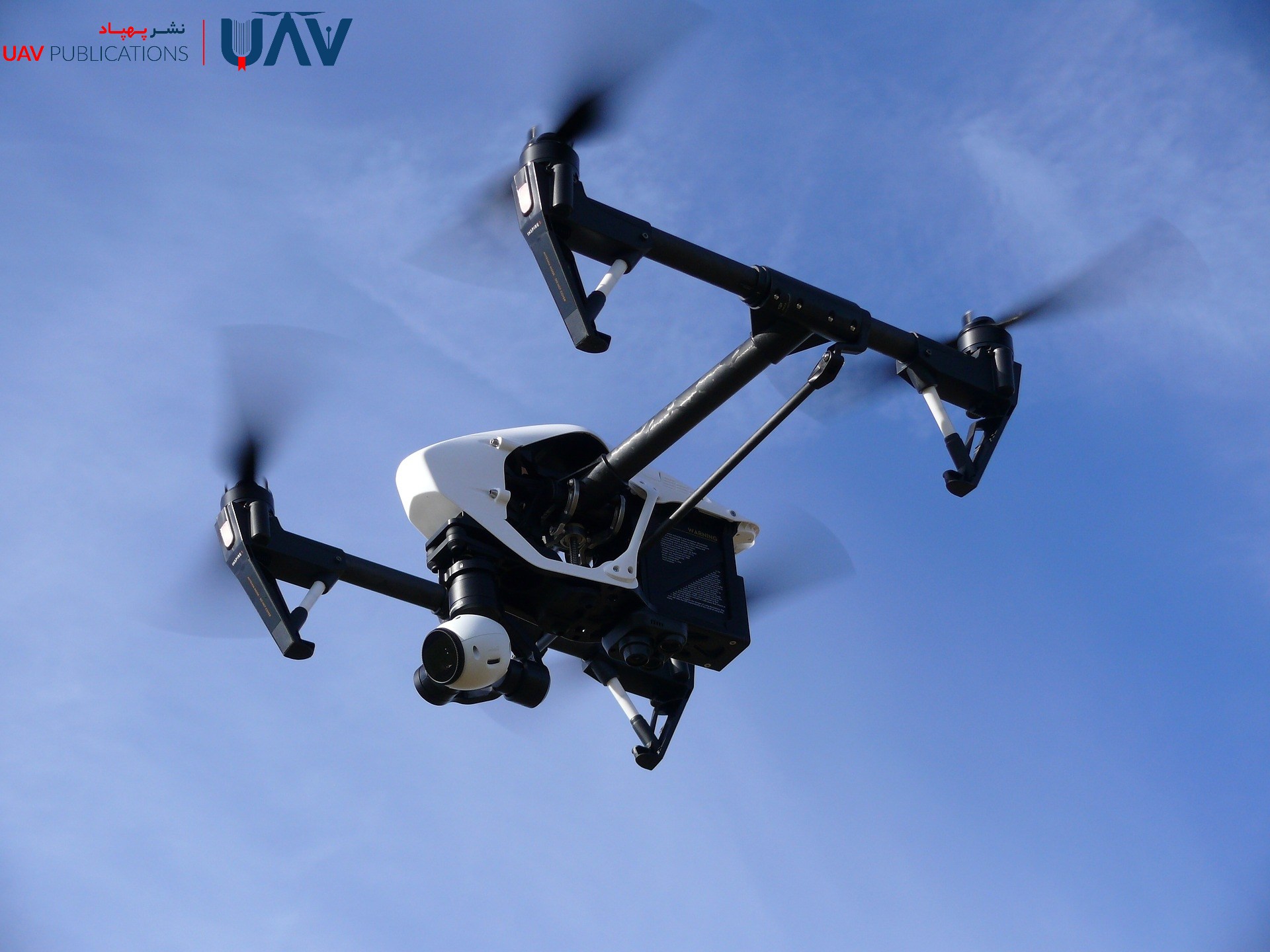
Article 16 of the Civil Aviation Law stipulates that violations of drone regulations are subject to legal prosecution. Journalists, like all users, are required to obtain the necessary permits before conducting aerial filming and avoid unauthorized areas. Complying with these laws not only ensures legal protection but also fosters public trust in journalistic activities.
Ethical and Privacy Considerations
As drone usage in journalism expands, so too does the importance of upholding ethical standards and respecting privacy. Journalists must avoid recording individuals in private spaces (e.g., homes) without consent and maintain the dignity of all news subjects. According to global press charters, journalists are obligated to report accurately and with integrity.
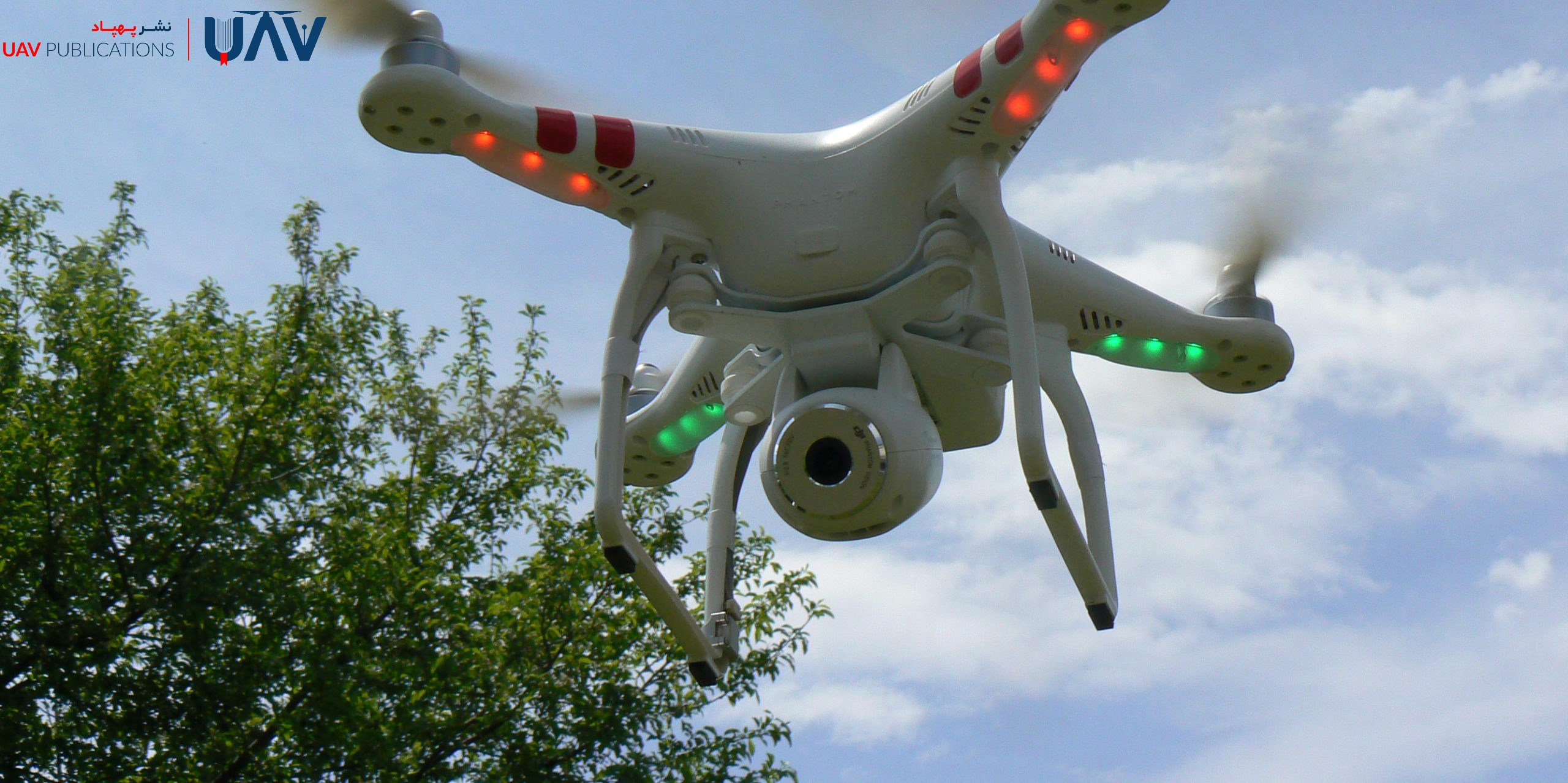
Drone journalists must refrain from spreading misleading visuals and always weigh public interest against individual rights. Many countries also enforce laws related to cybercrime and data privacy, which prohibit the improper use of UAVs. Familiarity with these legal and ethical frameworks is essential for responsible drone journalism.
Drone Technologies Used in Media
Drones utilized in journalism often feature advanced technologies, including:
- High-resolution cameras (4K or above) for detailed imaging.
- Gimbals for stabilizing footage and eliminating motion blur.
- Advanced remote controls with real-time video transmission to newsrooms.
- GPS modules and navigation sensors for automated flight paths and stable hovering.
- Specialized sensors (thermal, multispectral, LiDAR) for fire coverage, mapping, and wildlife monitoring.
Training and Skill Development
Compelling drone journalism requires a trained team comprising three key roles: drone pilot, flight observer, and journalist. The pilot must undergo technical flight training, the observer monitors environmental and safety conditions, and the journalist analyzes footage and prepares reports.
Media training on cinematography, field audio, and media laws is also essential. Field workshops and practical exercises allow teams to refine both technical and creative capabilities. Ultimately, the fusion of UAV piloting expertise, media knowledge, and storytelling skill forms the foundation for successful drone journalism.
The Future of Drones in Journalism
As drone technology advances, its role in the media landscape is expected to expand significantly. Experts predict that UAVs will become standard tools in modern newsrooms. Future drones may offer autonomous flight, coordinated swarm operations, and real-time data processing through the integration of AI. Additionally, technologies such as the Internet of Things (IoT) and 5G connectivity will enhance the quality of live broadcasts and increase data transmission speeds.
Smaller drone sizes and longer battery life will further extend their operational utility. In short, drone journalism is poised not merely as a new reporting tool but as a dynamic and evolving medium with vast potential.
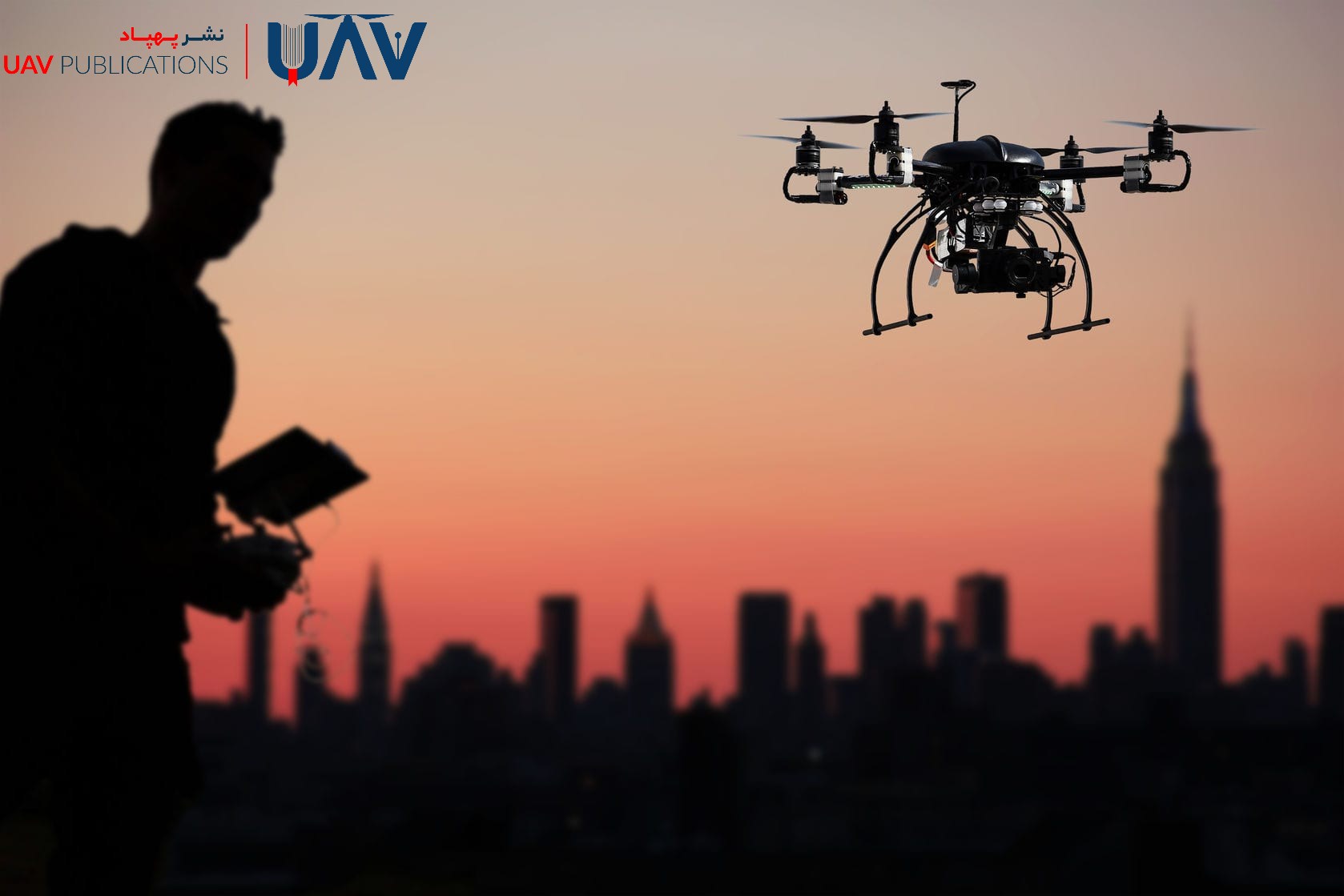
Drones have revolutionized journalism by offering unprecedented access to aerial visuals and real-time data collection. As demonstrated throughout this article, UAVs enhance the quality of news reporting through creative imagery, adequate crisis coverage, and meaningful environmental monitoring. While the use of drones entails legal and ethical responsibilities, with proper training and regulatory compliance, they offer tremendous potential for expanding the boundaries of modern journalism.
Drone journalism is no longer a futuristic concept—it is rapidly becoming a core element of the media industry, equipping journalists with powerful tools for capturing and conveying the truth.

